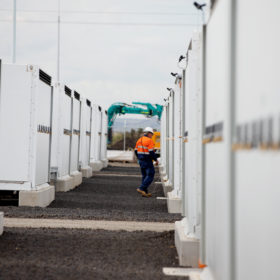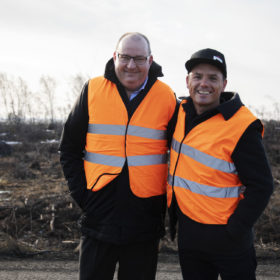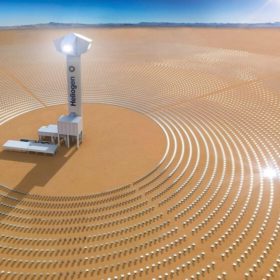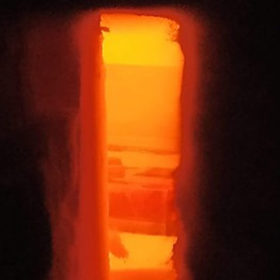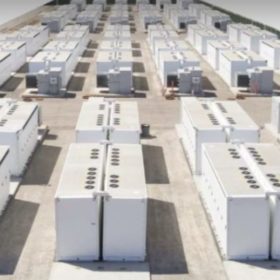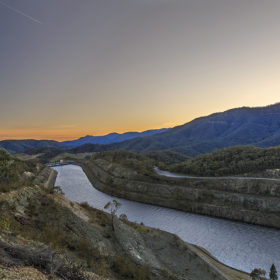Australian battery storage market passed 1GWh in 2021
Australian deployment of battery storage remained steady in 2021, according to market research firm SunWiz, bringing cumulative installations to 1,089MWh.
Solar the energy workhorse in latest gloomy IPCC verdict
Photovoltaics can wipe out 4.25 billion tonnes of carbon emissions every year this decade, according to the UN Intergovernmental Panel on Climate Change. Even so, the actions announced so far remain way short of what is needed, with capital flows to fossil fuels still greater than the cash directed toward combating climate change.
800MWh battery and hydrogen hub could provide a ‘just transition’ to WA coal town
The Western Australian Government has announced $1 million in funding for the first phase of a feasibility study into a 600-800MWh battery and green hydrogen industrial hub in the coal town of Collie. The state government has promised the town, which has been powering Western Australia with its two coal mines since the 1880s, a ‘just transition.’ Sunshot Energy, chaired by eminent energy economist Ross Garnaut, is undertaking the study which could deliver a ‘just transition’ to Collie and green ammonia and urea to the agricultural and industrial sectors.
WA company recovering battery-grade vanadium from waste hailed by EU as on ‘cusp’ of major player status
A West Australian joint venture seeking to recover high-purity vanadium from a steel industry waste product using a carbon negative process has won the support of the European Union. “We’re not the first people to look at that project, but we’re the first people to look at it through a different lens and use this type of process,” Neometals’ General Manager of Commercial and Investor Relations, Jeremy McManus, told pv magazine Australia. The project, which is still in the early stages, is already been sought out by potential offtakers “desperate to secure green vanadium,” McManus added.
Woodside backs concentrated solar startup ahead of Australian tech push
Australian fossil fuels giant Woodside will invest in US-based concentrated solar startup Heliogen, supporting its construction of a full-scale concentrated solar thermal demonstration plant in California ahead of a push into Australia.
Thermophotovoltaic battery could store energy at $14/kWh
Developed by researchers in Spain, the battery uses renewable electricity to melt low-cost metals such as silicon or ferrosilicon alloys to produce and store latent heat, which is in turn used by a thermophovoltaic generator to produce power. According to its creators, the device may store electricity at a cost of €10 per kilowatt-hour (AU$14.6/kWh) for a 10MWh system.
NSW pushes ahead with plan to build 1.4GWh Super battery
The New South Wales Government is advancing its plan to build the “biggest network battery in the southern hemisphere” by 2025 as it looks to shore up a reliable energy supply ahead of the impending closure of the coal-fired Eraring Power Station.
Turnbull points to pumped hydro as ‘ultimate’ storage solution
Pumped hydro energy storage is ideally positioned to support reliability and reduce volatility in the energy market as Australia shifts from fossil fuels towards renewable power with former prime minister Malcolm Turnbull labelling the technology the “ultimate long-duration storage” solution.
Tesla to supply Megapacks for 150MW/350MWh Riverina big battery
Following the early success of its solar integrated Gannawarra Energy Storage System, Edify Energy has again opted for Tesla Megapack as its preferred battery energy storage system for its combination of storage projects totalling 150MW/300MWh in the Riverina region of New South Wales.
Could Russia’s actions in Ukraine accelerate renewables investment?
Given the goings-on in the world this last quarter, Mike Jefferies, Investment Manager at Octopus Investments Australia, takes a look at the current macroeconomic environment, how this is tied to energy markets, the impacts Russia’s invasion of Ukraine has had on that energy market, what this could mean for Australia and how renewables could help address these issues.
